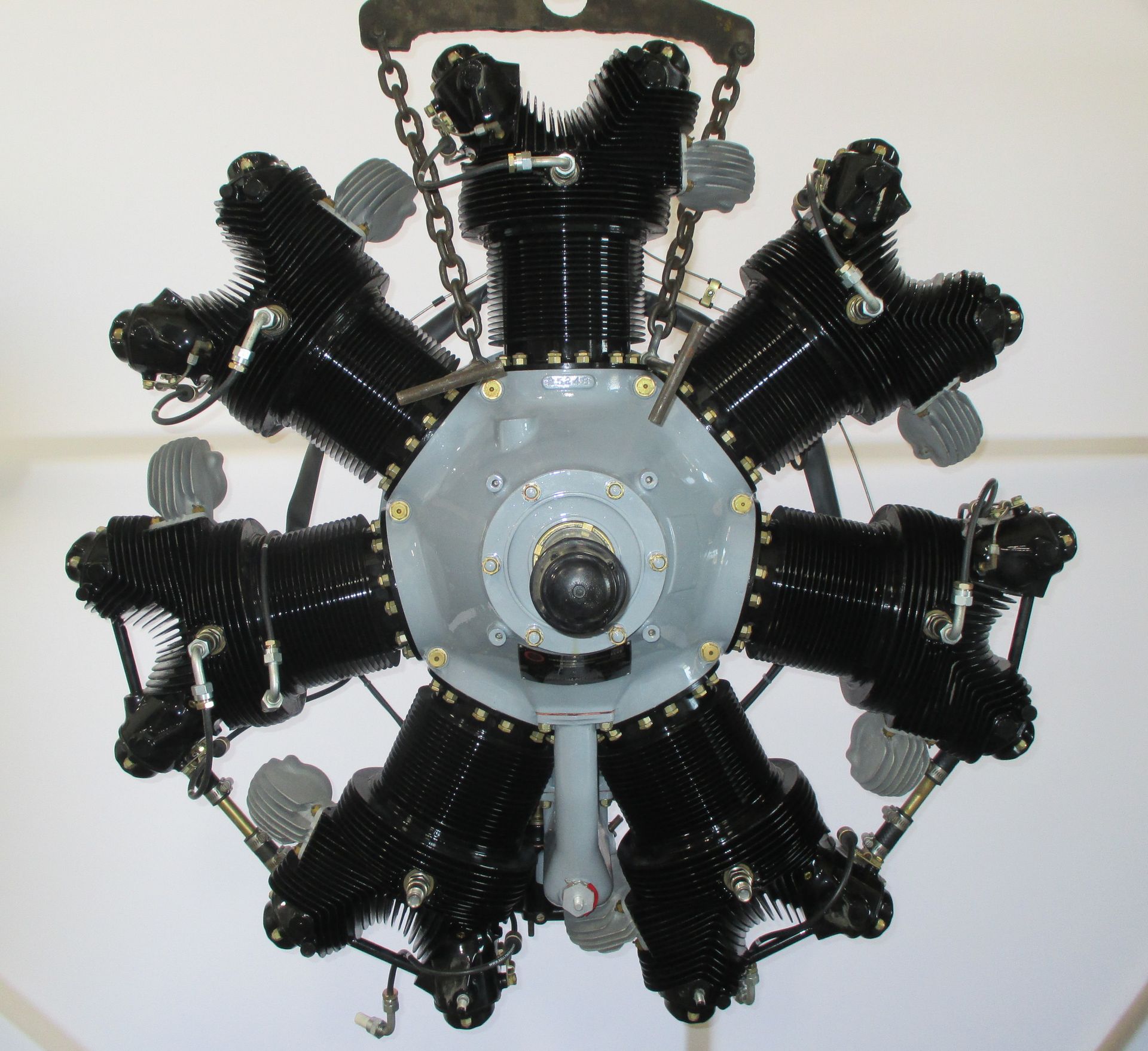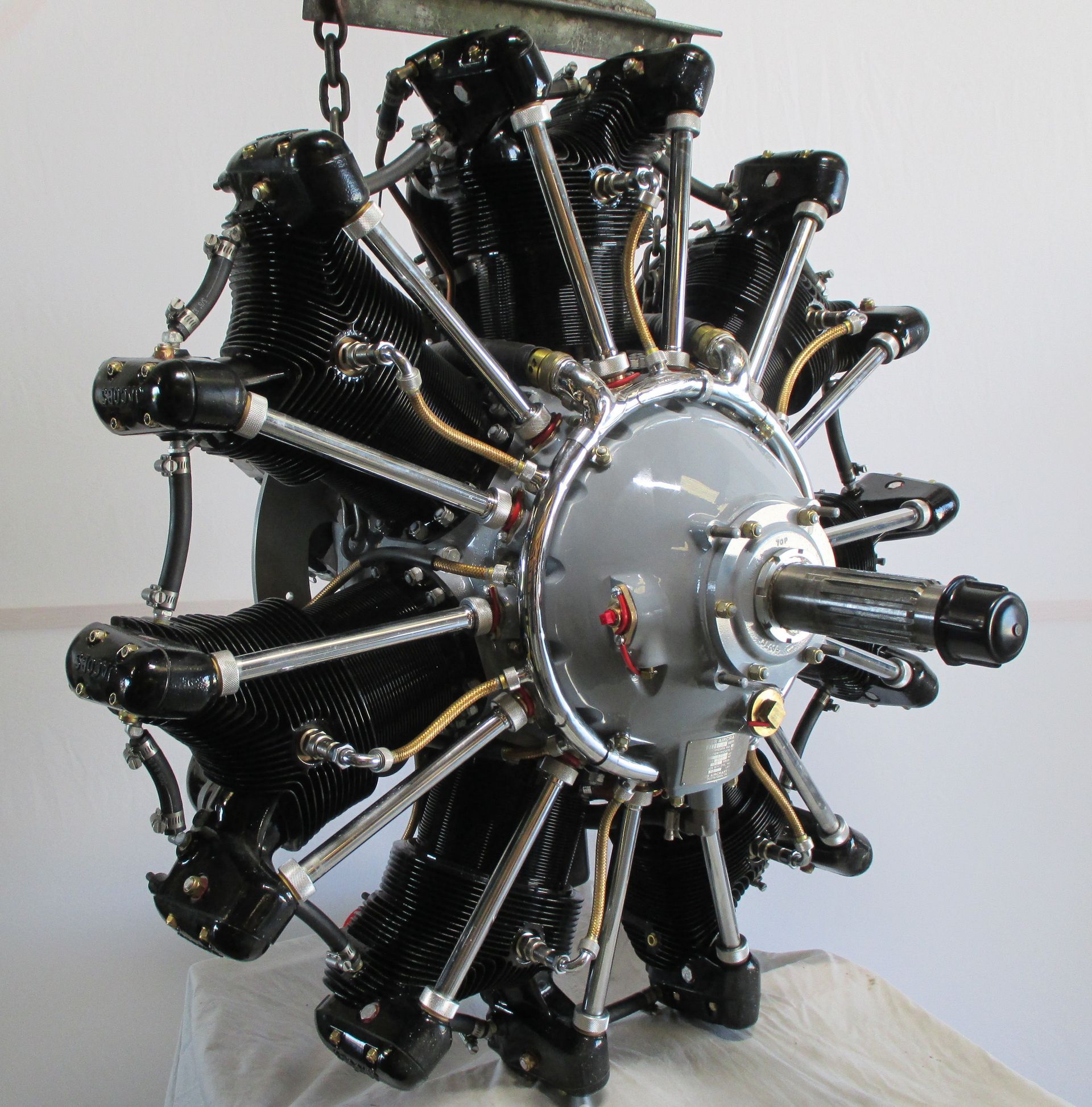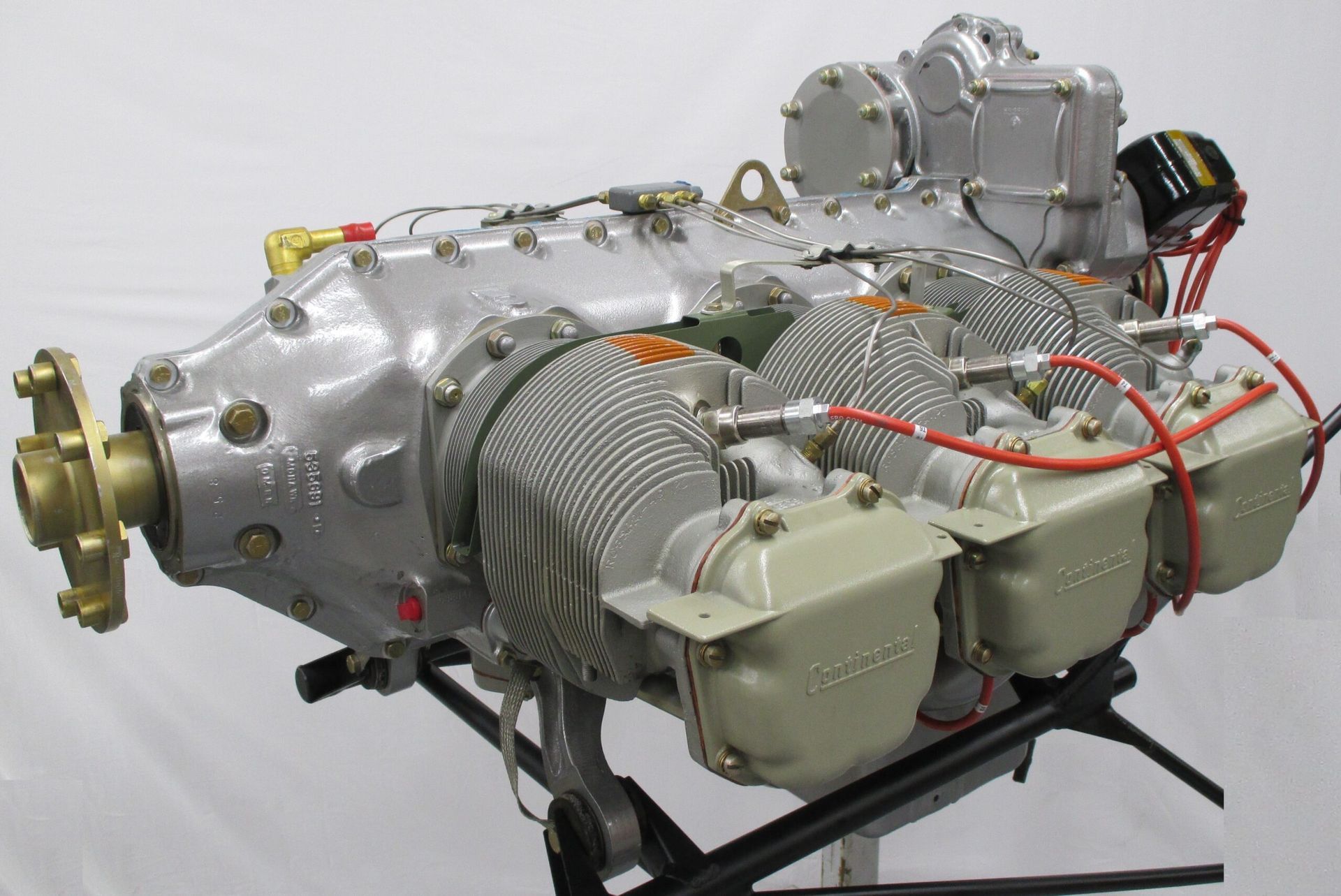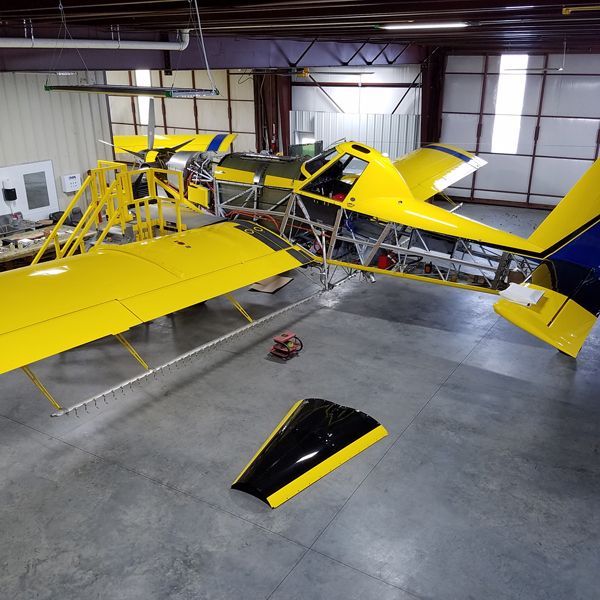Engine Shop
At Air Repair Inc., we specialize in bringing radial engines back to life with expert repair and overhaul services. Our passionate team combines years of experience and a love for aviation to ensure your engines perform at their best. Whether you’re a private pilot or managing a fleet, we understand how vital reliability is to your journey. Trust us to keep your engines— and your dreams— soaring high with precision and care!
Air Repair, Inc.’s engine overhaul shop specializes in Jacobs and Continental Radial Engine overhaul and repair. We PMA produce a complete line of replacement parts used in Jacobs and Continental overhaul. Air Repair, Inc. is the Type Certificate holder for the Jacobs and Continental Radials. We also have a host of STC’s, and other modification approvals.
W670 ENGINE INFO
At Air Repair Inc., we specialize in the overhaul and repair of W670 radial engines, ensuring they operate at peak performance. Our dedicated team combines expertise with top-notch service, delivering reliable solutions that keep your engines flying high. Trust us to breathe new life into your radial engines!
Get complete pricing list, parts list, and technical service bullitens.


R755 ENGINE INFO
At Air Repair Inc., we specialize in the meticulous overhaul and repair of R755 radial engines, ensuring peak performance for your aircraft. Our experienced team combines technical expertise with a passion for aviation, providing top-notch service that keeps you flying high. Trust us to power your journey!
Get complete pricing list, parts list, and technical service bullitens.
O470 ENGINE INFO
At Air Repair Inc., we specialize in the expert overhaul and repair of radial engines, including the robust 0470 model. Our experienced technicians bring passion and precision to every project, ensuring your engine runs smoothly and reliably. Trust us to keep your aircraft performing at its best!
Get complete pricing list, parts list, and technical service bullitens.

Visit Our Other Shops

Main Shop
At Air Repair, Inc. our main repair shop focuses on agricultural aircraft repair. Including service and maintenance of Air Tractor 502, 602, 802, Thrush, and more.

Satloc Shop
Air Repair, Inc.’s Satloc shop leads the way in GPS sales, service, and repair; keeping their customers up to date with the best-in-class features for Satloc. Air Repair, Inc. is proud to be an F.A.A. approved Avionics Repair Station for the installation and certification of ADSB Transponders.
